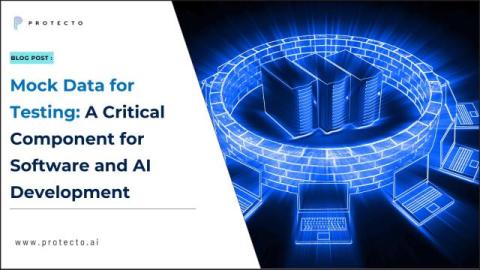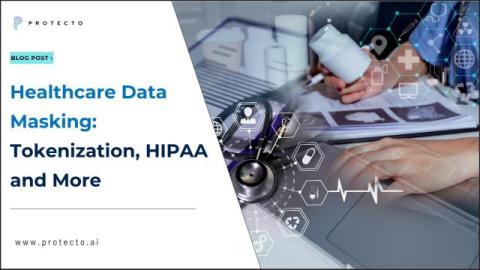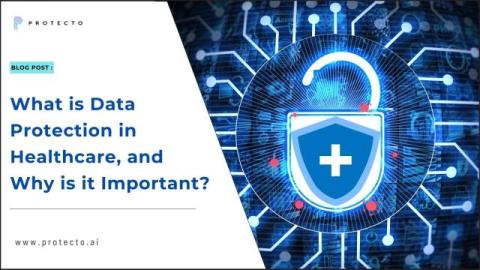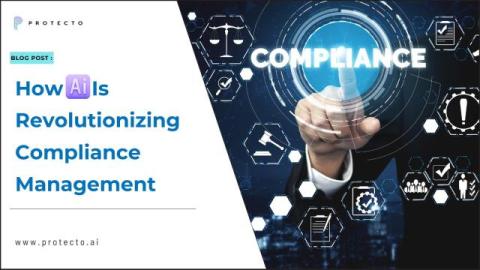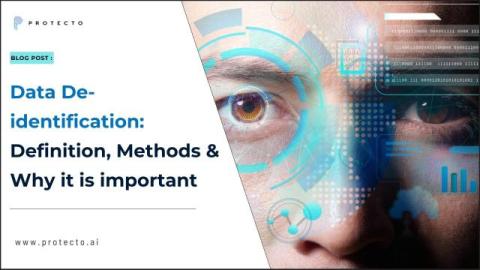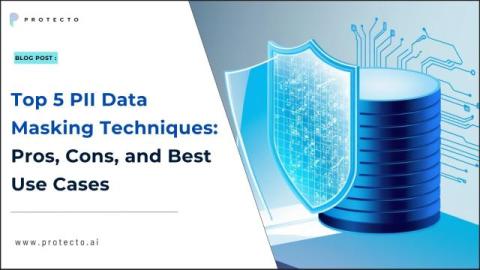Secure Gen AI With Role-Based Access Control (RBAC)
Generative AI (Gen AI) has transformed how businesses handle data and automate processes. Its ability to generate human-like content and analyze massive datasets has unlocked new opportunities. However, these capabilities also introduce significant data security risks. Unauthorized access, data misuse, and breaches are growing concerns. Role-Based Access Control (RBAC) is a critical solution for mitigating these risks.




